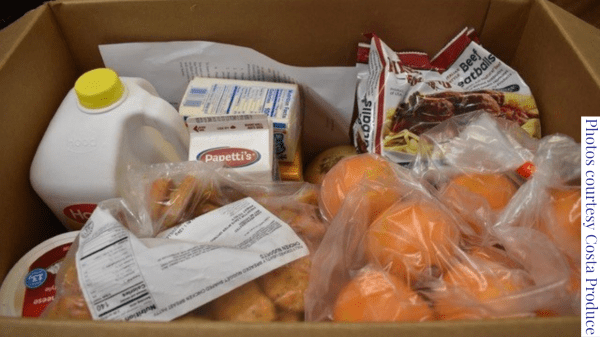Despite some execution challenges and external criticism, the USDA Farmers to Families Food Box Program has been viewed positively by many produce industry professionals, including those who contributed to this series.
“The program was a win-win-win—it was a win for the farmers, a win for the distributors who were provided work, and a win for the food banks and families that needed the product,” says Steve Brazeel, CEO and founder of SunTerra Produce BB #:165824, headquartered in Southern California.
Melissa Ackerman, president of Produce Alliance, LLC BB #:159218 in Chicago, IL, echoed the win-win-win outcomes. “The program was really innovative, and it brought product to the last mile. It also brought in new participants like faith-based organizations and allowed them to distribute fresh food for the first time.”
Not lost on the experts was the USDA’s ambitious approach.
“For an agency that does things a certain way, the USDA being able to pivot to this type of program was—in government terms—extraordinary,” notes Joan Daleo, president at St. Louis-based Ole Tyme Produce, Inc. BB #:119116 “Originally it was a really, really great program that was right for the situation.”
The positives
Despite the early unknowns, the volume of paperwork required, and short turnaround time for proposals, interest in the Food Box Program was strong. Nearly 200 companies were awarded contracts in Round 1.
Ultimately, the program supported over 235 distributors through the first four rounds and impacted an untold number of farms and food supply chain jobs, according to the USDA.
“Many of our customers sell to schools, restaurants, and bars; we had to find another way to generate revenue,” explains Andrew Scott, director of marketing and business development for the Nickey Gregory Company, LLC BB #:164545 based in Atlanta, GA.
“This program came along, and we jumped right on it,” he says. “We did the first three rounds and didn’t have to lay anybody off. It helped us get through those months of lower sales.”
The Food Box Program also allowed companies to utilize their assets and support supply chain partners.
“When the curtain fell in March, we were trying to figure out what we could do with a 60,000-square-foot, state-of-the-art refrigerated facility,” remembers Daleo.
“The news came out on the Box program, and we bid on it,” she adds. “We participated all summer, delivering right to the mobile markets, using our trucks as refrigeration units, and having our employees load product into customers’ trunks.”
Already doing foods boxes for frontline workers across the country through its foundation, Produce Alliance was a natural fit for the USDA program.
“With our 70-plus distributors across the country, and the idle labor and trucks in our cold chain, we could be an answer,” says Ackerman. The company received a large award across multiple states, allowing it to work with many suppliers and distributors.
This is an excerpt from the Supply Chain Solutions department feature in the July/August 2021 issue of Produce Blueprints Magazine. Click here to read the whole issue.



